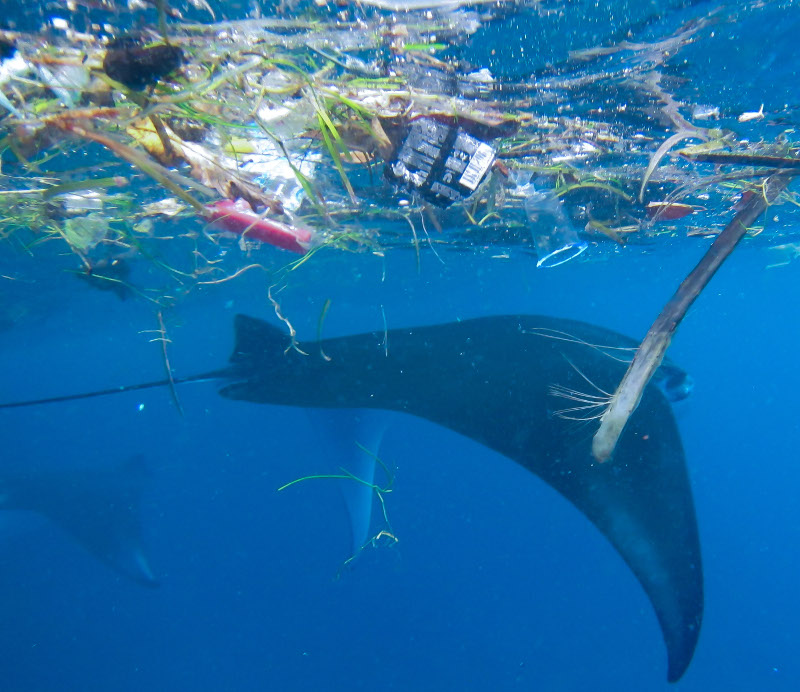Plastics pervade Reef species
 Microplastics and other man-made fibres have been found in a popular fish species on the Great Barrier Reef.
Microplastics and other man-made fibres have been found in a popular fish species on the Great Barrier Reef.
A new study has looked at the presence of microdebris in wild-caught commercial fish in the World Heritage Area.
Researchers from the Australian Institute of Marine Science (AIMS) in Townsville, found 115 items of man-made debris in the gastro-intestinal tracts of 19 out of 20 juvenile coral trout collected on coral reefs at Lizard, Orpheus, Heron and One Tree Islands.
AIMS marine ecologist Dr Frederieke Kroon said 94 per cent of the items were a mix of semi-synthetic and naturally-derived materials, while only 6 per cent was synthetic.
“Marine debris was visually separated from the gut contents and examined in our laboratories at AIMS, with scientists looking for materials with a polymer composition, using the latest in spectroscopy technology,” Dr Kroon said
“We examined potential ingestion of man-made debris in one-year old coral trout of two species, Plectropomus leopardus and P. maculatus, which comprise high-value commercial and recreational fisheries species on the Great Barrier Reef.
“Man-made items such as rayon, which is a semi-synthetic, were much more common in the fish gut than plastic items such as polyester.
“In our study, the condition of the coral trout did not appear to be affected by the abundance of ingested microdebris… however, we do not know whether there could be any longer-term effects on coral trout reproduction or mortality.”







 Print
Print